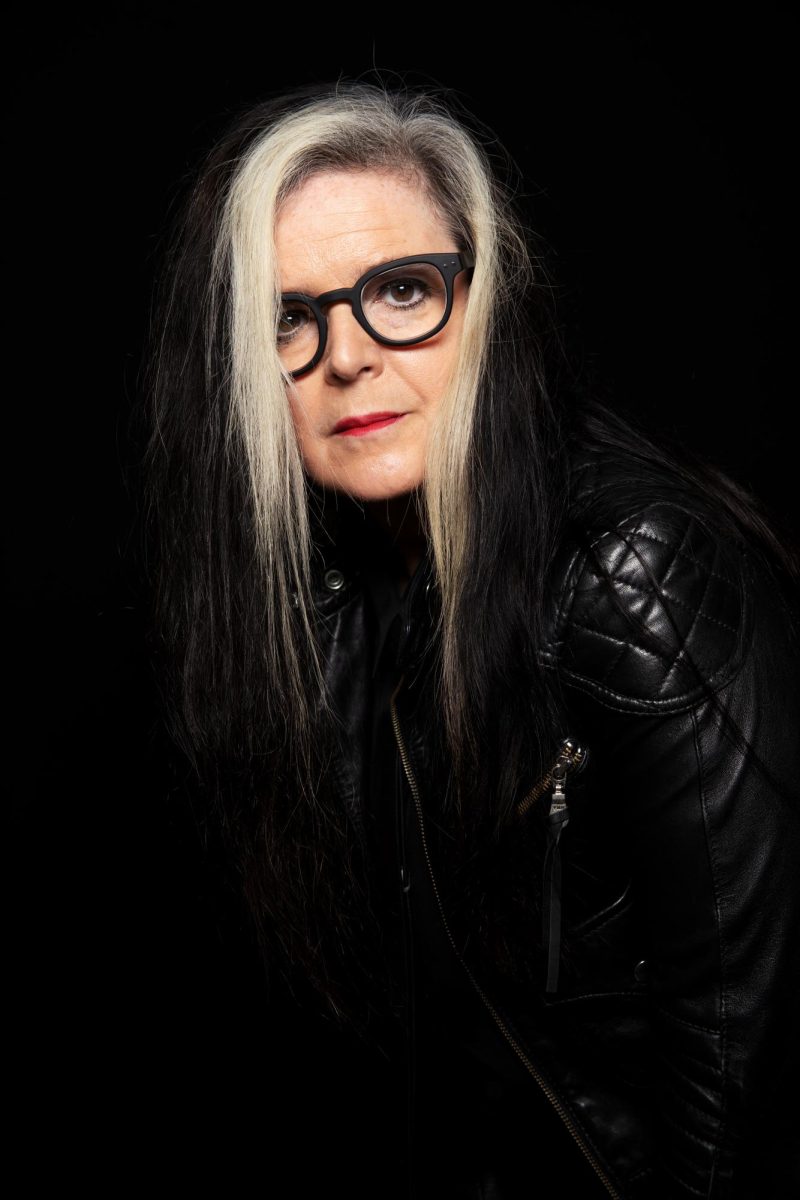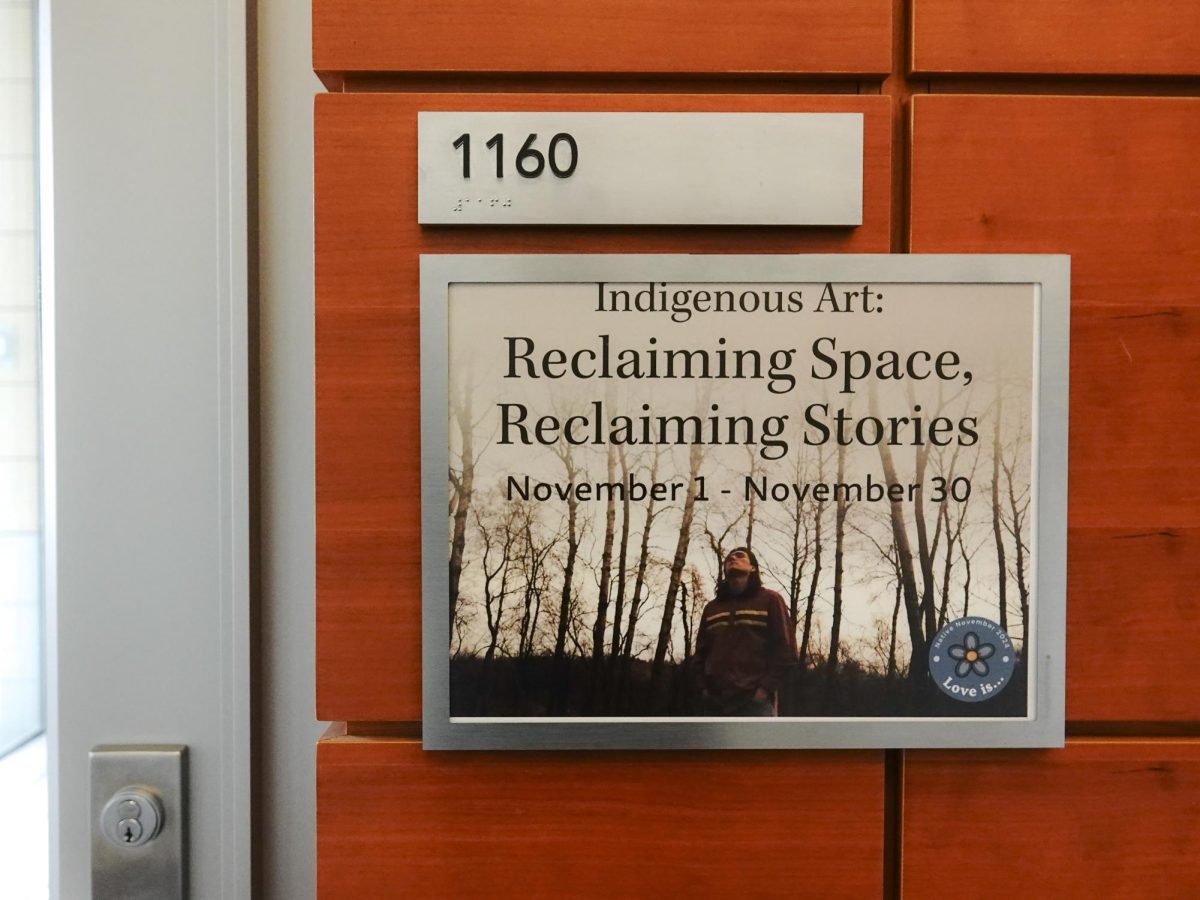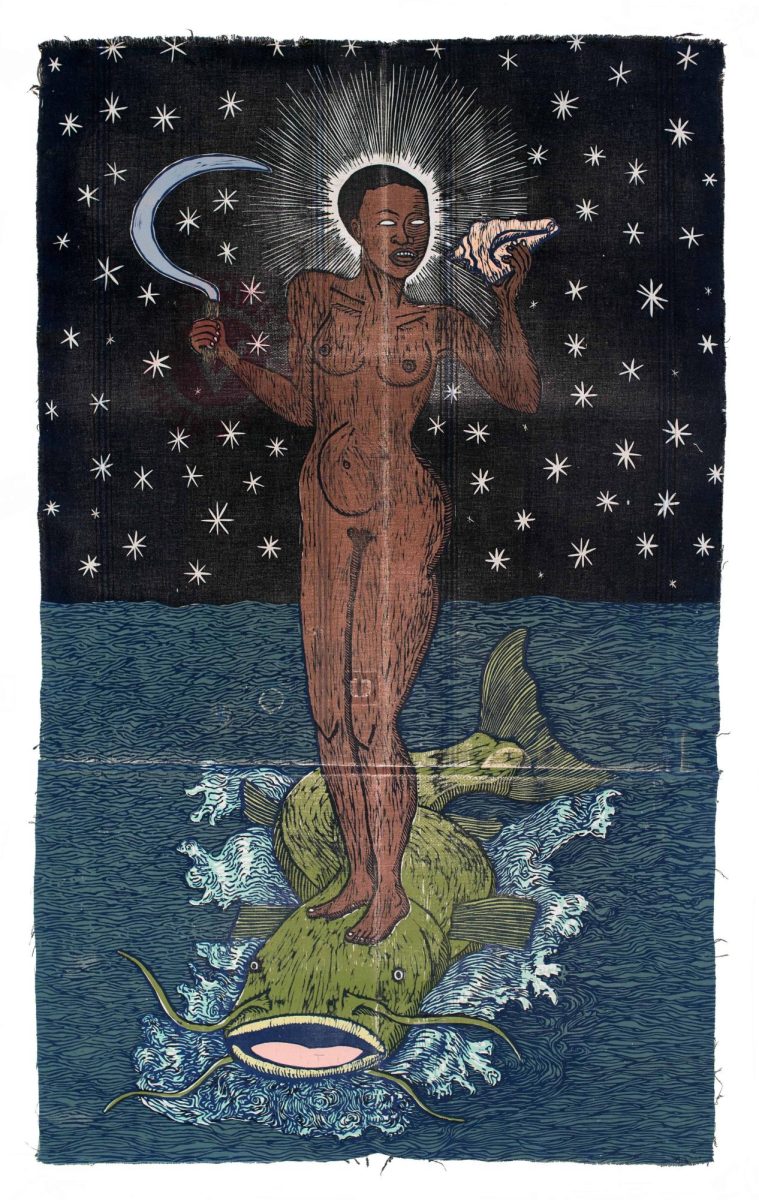From March 5-8, Gallery 7 in the Humanities Building hosted a vast amount of student artwork with one main goal: show exactly what art can do when combatting social and human rights issues.
Within “What Can Art Do?”, topics varied from women’s rights and immigration policies to other common upsets, including the recent election results. Through various forms of creativity, individuals projected their voices as they showed concern for contemporary issues.
A variety of pieces focused directly on problems related to the University of Wisconsin and the surrounding community.
“We Believe You” relocated a previous installation displayed at Humanities that showed support for sexual assault survivors and protested UW administration and the University of Wisconsin Police Department’s response to the problem. The various art pieces within the installation were removed from Humanities by the university, but the inclusion of them in this exhibit further highlights their overall importance.
Other art pieces displayed various movements on campus during the presidential election and the months that followed. Among these were photographs and drawings of activism concerning President Donald Trump’s election and the Women’s March on Madison. Such documentation serves as not only proof of the issue at hand, but also as a reminder it is still important to continue voicing concern.
A prevalent form of expression included the use of comics to bring attention to societal issues. The use of comics is beneficial to all involved — it creates a conversational environment with a great sense of relatability between the scenario and viewer.
One piece targeted the necessity to reform sexual education, including multiple stages youth endure while being taught sex-ed. The issue at hand is the overall lack of adequate information given to students.
Another comic dealt with presidential problems some believe occur more often than they should. “Donald Trump Problems” shows his character from an unfavorable point of view and depicts him as self-concerned and unprepared to lead the country.

Powerful messages were also shown within the pieces dedicated to immigration concerns. Some pieces showcased statements from those fearing the possibility of leaving the country, while others dealt with various drawings fighting for respect for non-native’s existence. Overall, the concern for immigration was prevalent within the exhibit, mirroring the same concern, or sometimes lack thereof, in society itself.
Issues concerning women’s rights also occurred quite frequently within the exhibit. Several pieces showed the fight for feminine power within the country and the lack of power women have over their bodies. With much upset about the female body becoming a “political battleground,” the various art pieces concerning this topic sent powerful messages.

In the center of the gallery, viewers became part of the exhibit, facing concerns on climate change. Paper forms were available to anyone who wished to inform a member of congress of their stance on climate change and their concerns. The forms will be taken to D.C. in June. The inclusion of this piece not only engages visitors but further persuades them to voice their own opinions.

No written content or photographs can describe the overall experience and effect “What Can Art Do?” had, depicting the harsh reality of social injustice and the fight for human rights. Artists in the exhibit confirmed the idea art can accomplish much, including creating powerful statements that may be more powerful than spoken word.














